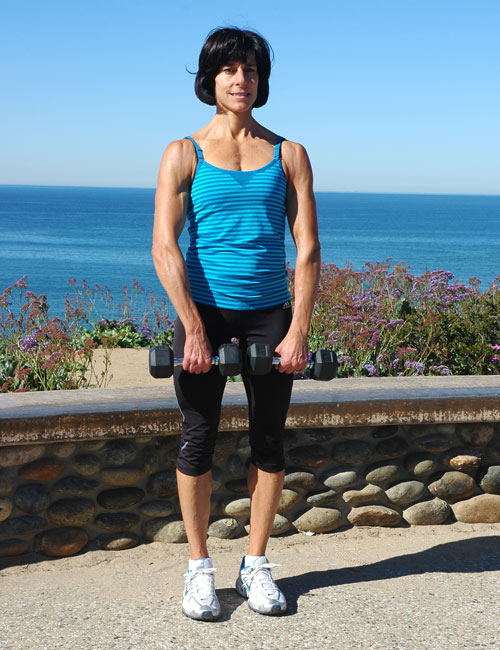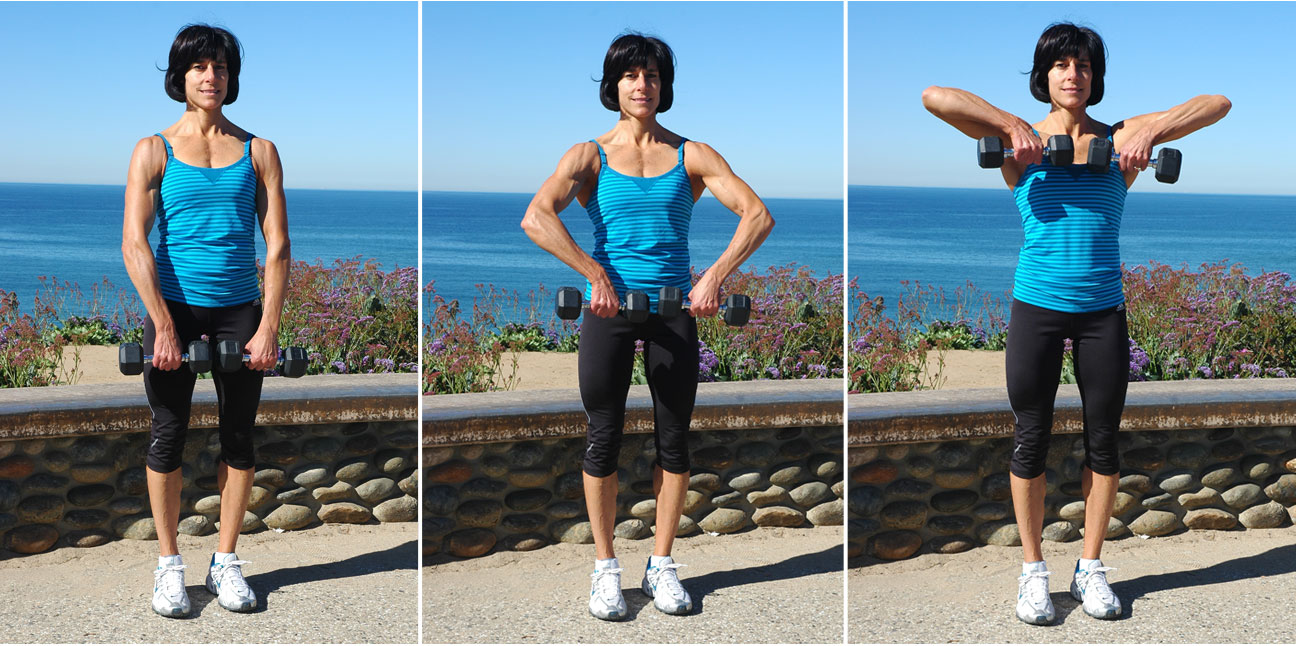Healthy shoulders are vital to a positive scuba diving experience. The mobility of the shoulder joint exceeds every other joint in the human body. It enables divers to reach behind, under, around, above and beyond in nearly unlimited directions and rotation. Consequently, by design the shoulder joint and its musculature are highly susceptible to injury all of the time and especially during scuba diving activities. The ball and socket joint of the shoulder, unlike the hip joint, is more like a cup and saucer as the ball of the upper arm bone (humerus) is larger than the socket (glenoid) of the shoulder. Stability of the shoulder is dependent on the rotator cuff, which is comprised of tendons and small muscles that keep the cup in the saucer during movement. To keep things moving smoothly, the joint is padded with two sacks (bursae) of lubricating fluid (synovial fluid) that reduce rubbing between the muscles and tendons and help protect the rotator cuff from other bones (like those of the acromion joint).
Developing and maintaining healthy shoulders can be tricky. Preventing injury is best accomplished with an individualized exercise program, but certain training activities required to protect the shoulder also present some risk of injury especially, if performed incorrectly. Divers may best begin by knowing the current condition of their shoulders and working forward at an appropriate level of rehabilitation, stretching and strengthening. Divers should avoid exercises that are clearly not suitable for their current shoulder status. If an injury exists, depending on the type of an injury, some therapeutic exercises may also be precluded. Options may include strengthening assisting muscles, (i.e., biceps and triceps) to help carry the load for the shoulders, but if nearby muscle groups improve too far beyond that of the shoulder, (i.e., the chest) the shoulder may become more susceptible to injury. Other solutions include, always working with lighter resistance than other muscle groups, creating methods for stabilizing the shoulders, and allowing more time in training regimes for shoulder muscles and connective tissue to adapt. Allow the shoulder to improve in response to training, but never force it.
It is also important for divers to consider posture and shoulder function. Good posture goes beyond sitting up straight. The shoulder blades (scapula) are best pulled down and toward the center of the back to aid in good posture and especially during exercise. The trapezius attaches to the base of the skull. Some divers may feel vertical muscle contractions or tightness in the neck during this exercise. This is also an area where divers carry stress and the muscles may be tight already. Never exercise through pain in this area but allow the body to gradually adapt to the exercise. After each set gently stretch the neck with head tilts.
Upright Rows prepare the shoulders and upper back for lifting vertically from the ground and offer another layer of protection from injury. The exercise is a refined movement that must be performed with proper form close to the body for best results. Stand holding free weights or a weighted bar in front of the body with arms extended as shown. The lower body and abdominal muscles are contracted and the chest is lifted allowing for an inhale before beginning the exercise. The diver exhales while lifting the weight(s). Glide the weight(s) vertically within one inch of the torso by bending the arms and raising the elbows up as high as possible. The movement may be restricted by poor shoulder flexiblity or strength. When this happens the hands often move up and the elbows drop down shifting the weight(s) away from the body. To prevent this only raise the elbows high enough to maintain proper form. It is fine to perform a partial lift and gradually improve.
A partial lift with elbows out to the side and below the shoulder is sometimes called a scarecrow because of the image it portrays. This exercise may be performed in a narrow, mid or wide position from the center of the body. The greater the distance between the dumbbells, the more difficult the exercise is to perform. When performing the Upright Row always choose less weight(s) and focus on form. The upper trapezius muscles of the back and the medial deltoid of the shoulder may actually burn a bit during the last few repetitions.
Words & Photos by Gretchen Ashton
Gretchen M. Ashton, CFT, SFT, SFN, NBFE, is registered with the National Board of Fitness Examiners, and is an International Sports Sciences Association Elite Trainer; personal trainer, specialist in fitness therapy, specialist in fitness nutrition, and a world champion athlete. Gretchen is founder of ScubaFit LLC, developed the Comprehensive FitDiver®program, is an advanced scuba diver, nitrox diver, and co-author of the ScubaFit® Diver Course. She is an Expert Speaker for Los Angeles County Scuba Advanced Diver Program and Underwater Instructor Certification Course.


